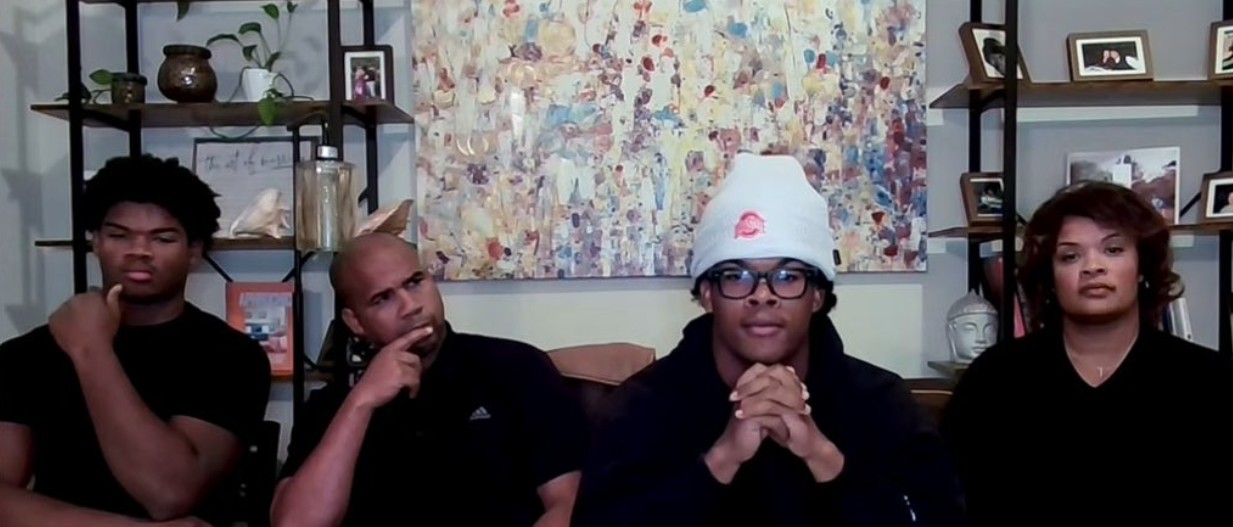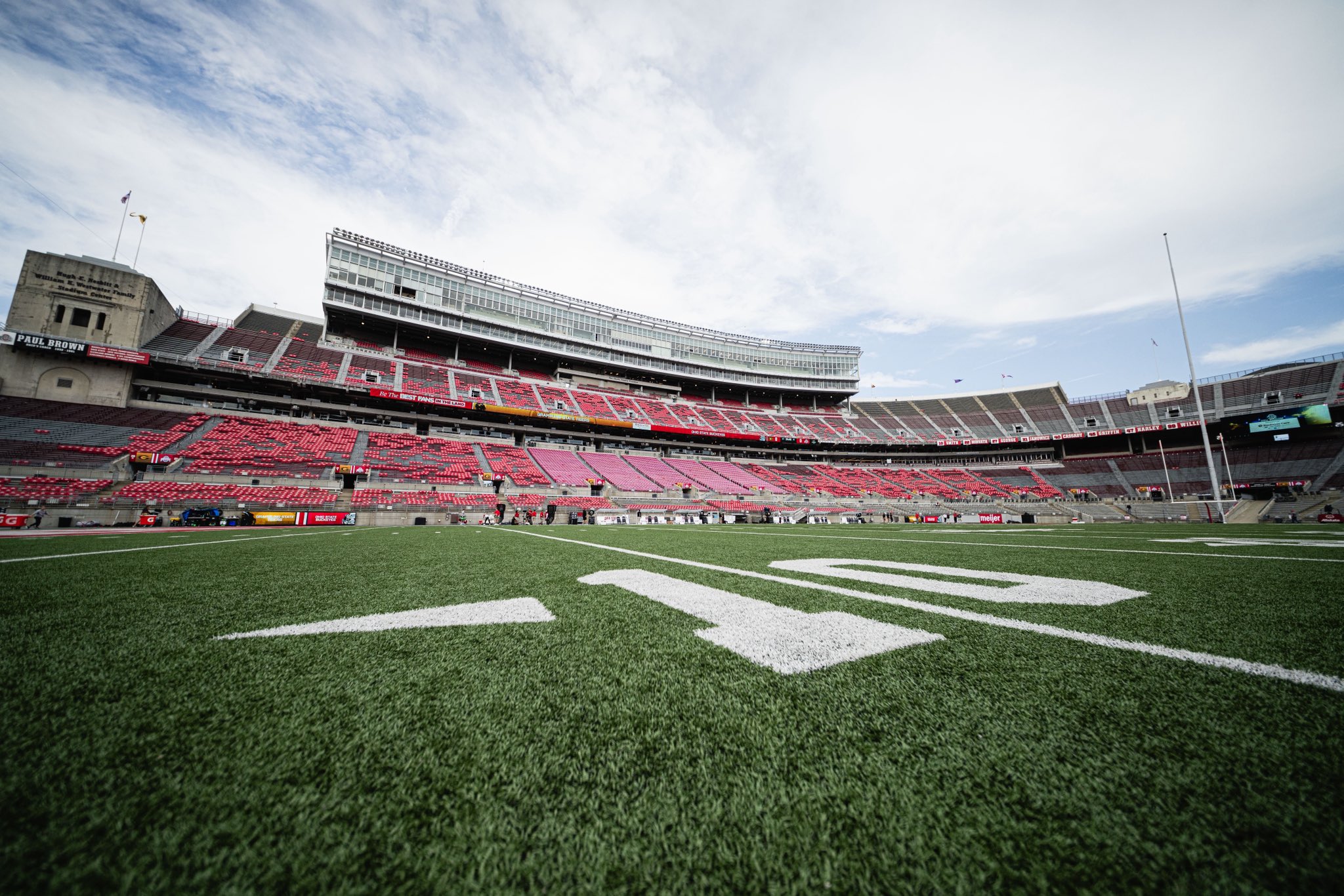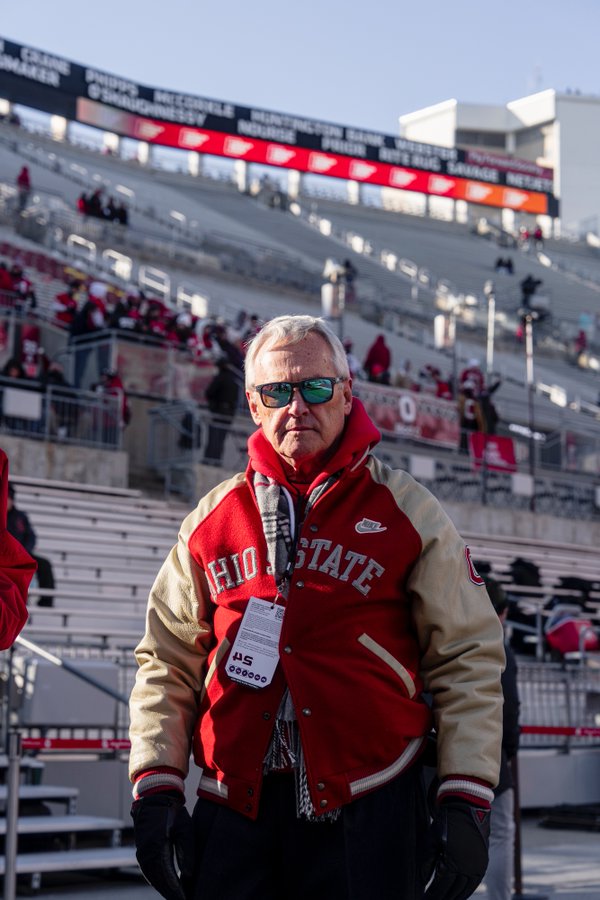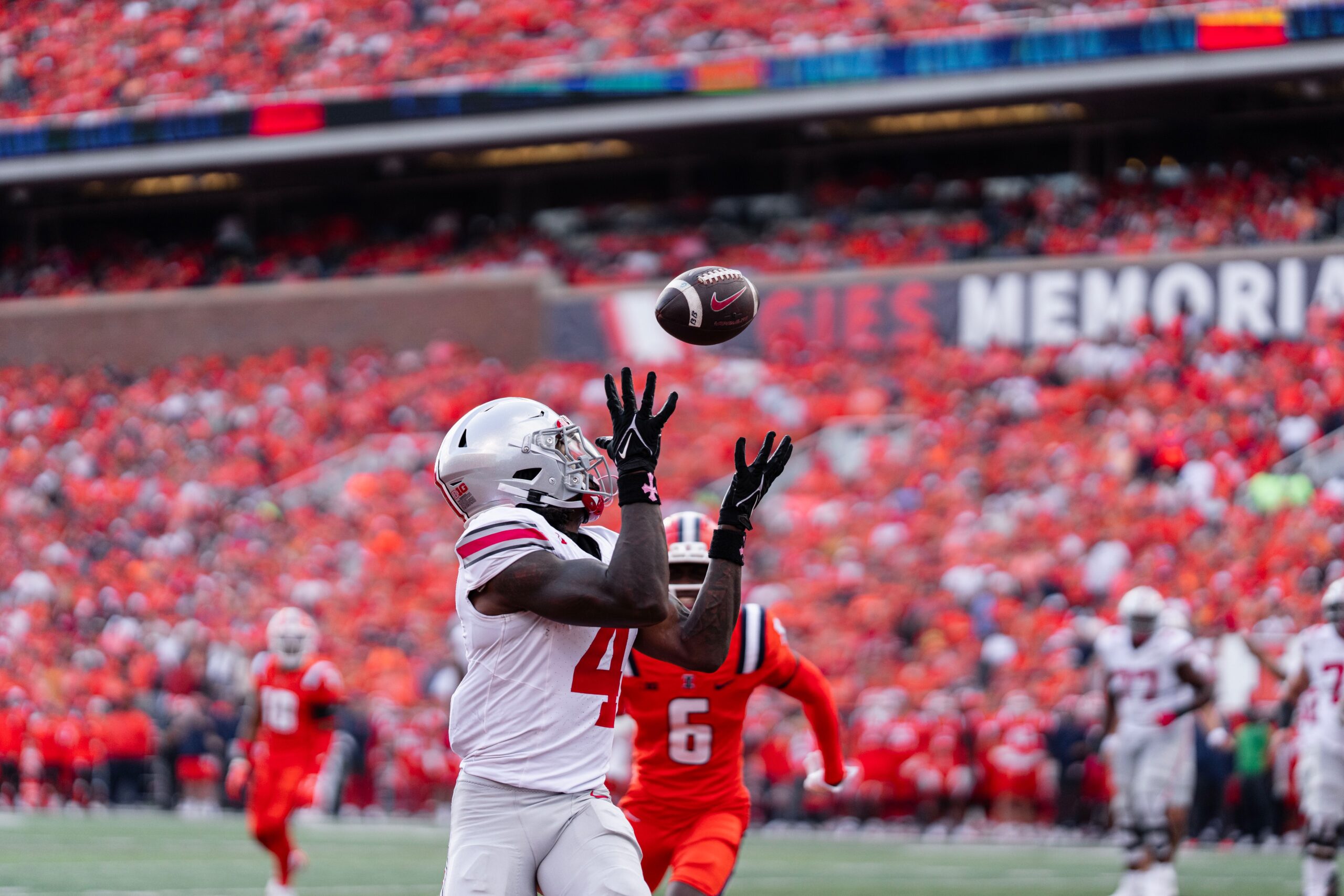
The landscape of college football has undergone a seismic shift in recent years, largely due to the rise of Name, Image, and Likeness (NIL) agreements. As Buckeye fans, we’ve seen firsthand how this “wild, wild west” of player compensation has both helped and hurt the game we love. On a recent episode of The OHIO Podcast, the conversation centered around NIL’s effect on the sport, with reflections on how programs like Tennessee and UCLA are navigating these murky waters and what it means for programs like Ohio State.
The controversy reignited after former Tennessee quarterback Nico Iamaleava essentially treated NIL like an NFL contract year—holding out of practices, seeking a larger deal, and ultimately transferring to UCLA for reportedly less money than he was making at Tennessee. Tennessee, to their credit, stood their ground, refusing to cave to his demands. As Buckeye fans, it’s refreshing to see a major program show some backbone, emphasizing that no player is bigger than the team.
There’s no question that NIL is reshaping college football. From the traditionalist point of view, it feels as though the game’s foundation is cracking. The transfer portal, combined with NIL, has created a free agency system without any real structure. It’s hard not to long for the days when loyalty and legacy were primary motivators for players. Now, too often, it’s about chasing the biggest bag.
The Buckeye faithful can take some comfort in the fact that Ohio State has managed to adapt relatively well to the NIL era. Our program’s name still carries incredible weight nationally, and our collective organizations have stepped up to keep us competitive. But even with that advantage, it’s clear that recruiting is fundamentally different now. It’s not just about finding talent; it’s about retaining it year after year in the face of constant poaching by other schools with deeper pockets or looser standards.

The frustration isn’t necessarily with players getting paid—they absolutely deserve compensation for the billions they generate—but rather the lack of guardrails and enforcement. Without structured contracts, disclosure requirements, or meaningful oversight, chaos has been allowed to thrive. As mentioned on the show, until players are either contracted directly through the universities or a central governing body (whether NCAA or another third party) is given real enforcement power, it’s hard to see how things stabilize.
One potential solution floated was a standardized NIL framework, including caps on payouts, vetted agents, and mandatory NIL education for athletes to help them understand taxes, contracts, and scams. However, such regulation would require all states and conferences to be on the same page—a tall order without heavy government involvement, which many fans and administrators are rightly wary of.

The alternative is accepting that college football is evolving into a pay-for-play model that resembles the NFL more than the amateur sport many of us fell in love with. Smaller programs will continue to struggle to compete, and the gap between the haves and have-nots will widen even further. Programs like Ohio State will likely remain among the elite, but the spirit of competition that made college football so special feels like it’s slipping away.
In the end, NIL isn’t ruining college football—it’s transforming it. Whether that transformation ultimately benefits the sport will depend on whether meaningful reform and oversight are implemented. As passionate Buckeye fans, we’ll keep supporting the Scarlet and Gray no matter what. But we can’t help but mourn a little for what college football used to be.











